Trending Now
Sunday, Nov, 2024
Home / New NCERT Manual on Trans Students Silent on caste, Patriarchy
New NCERT Manual on Trans Students Silent on caste, Patriarchy
The NCERT has released a new manual, which avoids the use of not just terms but also references to the caste system and patriarchy that were spotlighted in the previous one.
 by Pragti Sharma /
by Pragti Sharma /  17 Jan 2023 16:41 PM IST /
17 Jan 2023 16:41 PM IST /  0 Comment(s) / 288
0 Comment(s) / 288
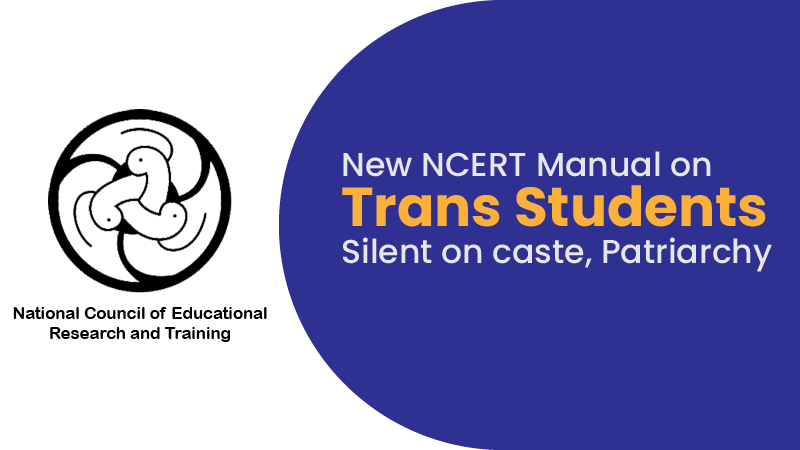
The NCERT has released a new manual, which avoids the use of not just terms but also references to the caste system and patriarchy that were spotlighted in the previous one.
The draft manual: Integrating Transgender Concerns in Schooling Processes, was prepared by a 16-member committee assembled by NCERT’s Department of Gender Studies head Jyotsna Tiwari, who suggests the introduction of gender-neutral uniforms.
The manual states that some students, particularly from Grade VI onward, have a selection of clothes, particularly school uniforms. They do not feel relaxed or comfortable in a particular dress. Schools can make gender-neutral uniforms that are climate appropriate, comfortable, fit, and do not conform to a certain gender.
The two manuals, designed by two separate committees, are starkly different despite dealing with the same subject.
For example, the previous manual- Inclusion of Transgender Children in School Education: Concerns and Roadmap, stated that while there is evidence of various genders and gender expression being socially acknowledged in the subcontinent since the Vedic age, the dominant social system of caste patriarchy in India has relegated transgender persons to occupations that are stigmatised.
Differences like socio-economic status, caste, religion, gender, and colour, typical to the Indian context, have a distinct part in generating an imbalance of power.
It said this imbalance of power had been suggested to aid bullying. It added that textbooks should allow transgender learners to relate wisdom to their own lived experiences and also provide students with a critical lens to explore problems that continue to confront us, namely caste, category and gender, gender and power connections, patriarchy and dominance, various sexual identities and marginalization, etc.
The new report highlights that various gender expressions have a lengthy history of visibility and approval in India, where it was established in diverse art forms and numerous texts of the ancient period, including epics of Ramayana and Mahabharata, but it runs clear of any engagement with the part of the caste system or patriarchy in memorializing stigmas.
While the earlier report dealt extensively with the requirements of all categories of gender non-conforming children, the latest one says that though there is a recognition of people with mixed sexualities and sexual orientations, including LGBTQIA+communities, the current module is specifically concentrating upon transgender persons by birth.
As a result, it has no knowledge for teachers on dealing with children who may not be transgender but exhibit signs of Gender Dysphoria, which points to psychological distress resulting from a dispute between a person’s physical or assigned gender at birth and the gender with which they recognize, or the “agender” category, which the earlier report used to define as those “identifying themselves as neither man nor woman.
On the issue of toilets, it suggests that a restroom may be allocated exclusively to transgender students. It adds that if there is a toilet for (CWSN)- Children With Special Needs can also be shared by transgender students. The previous report had recommended that toilets for Children With Special Needs (CWSN) may be earmarked gender-neutral restrooms which both can use.
News Source: India Today

Reforms / January 11, 2024
Odisha Government Opens Registrations for Extended KALIA Scholarship

Reforms / January 03, 2024
UGC Urges Institutions to Enforce Nasha Mukt Bharat Abhiyaan
EShort / February 16, 2024
IMS Noida Admissions 2024: Apply for UG, PG programmes
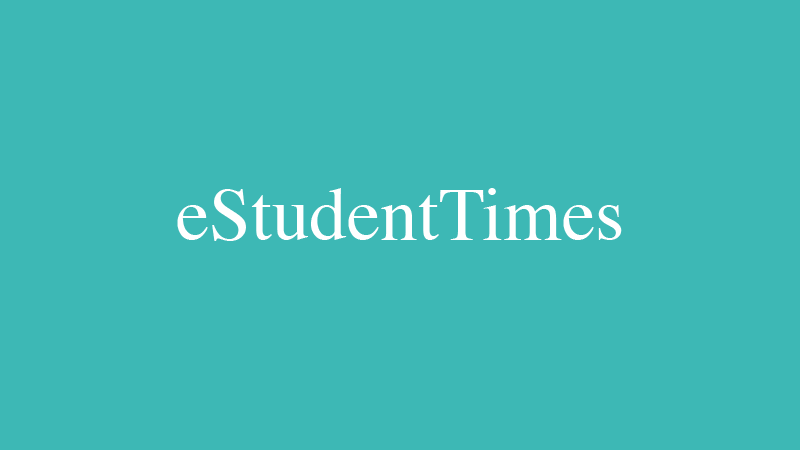
EShort / February 16, 2024
GATE 2024: Response sheet out

EShort / February 16, 2024
BSSTET 2023: Admit card released

EShort / February 16, 2024
NID DAT 2024: Prelims result released
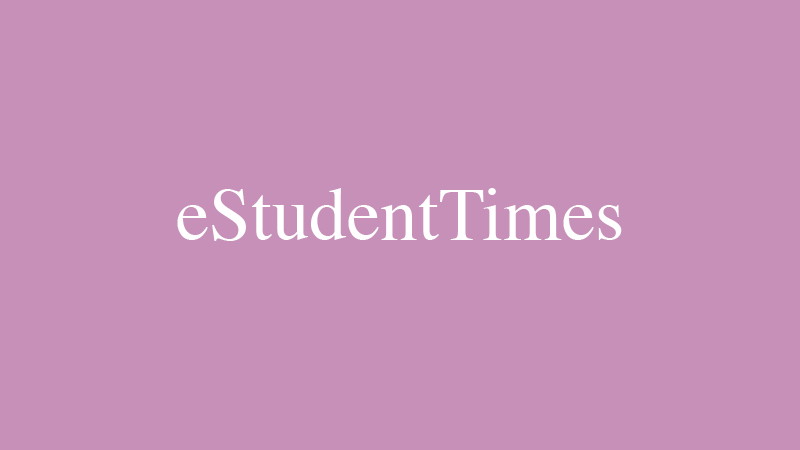
EShort / February 16, 2024
IIT JAM 2024: Response sheet released

Jobs / February 16, 2024
UPSC Recruitment Drive 2024: Apply for 120 vacancies in various departments
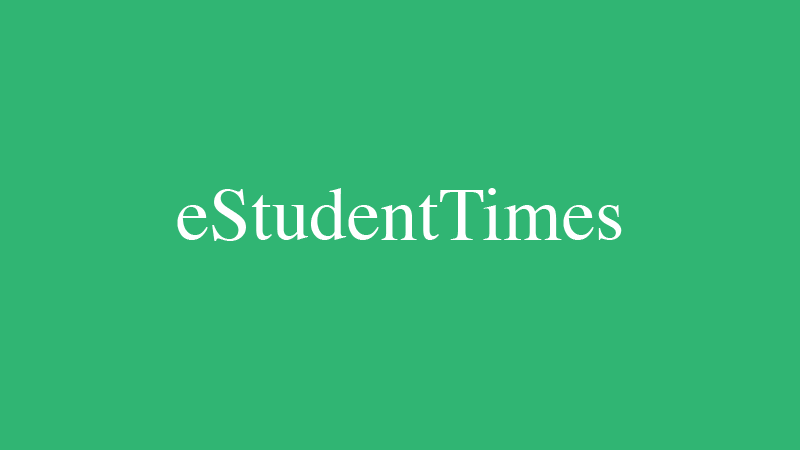
EShort / February 14, 2024
UPSC CSE 2024: Official Notification issued; application process begins

Editor's Desk / April 17, 2020
How Does Society Impact Our Education?

Current Affairs / April 22, 2020
Mr. Sudarsanam Babu appointed to U.S. Science Board.
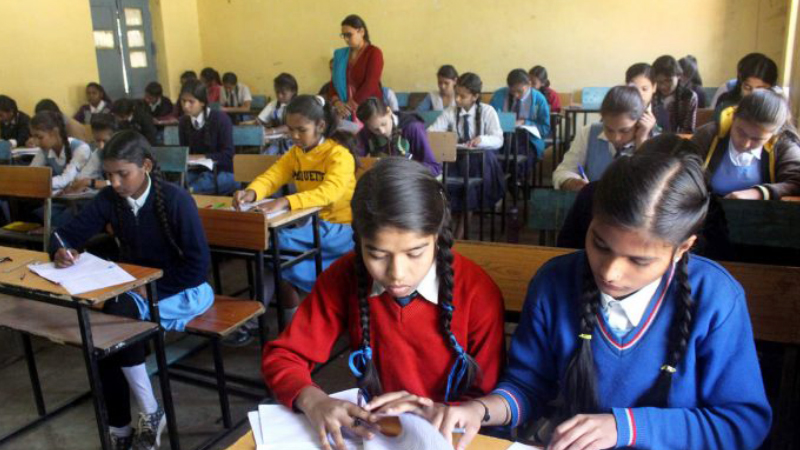
Reforms / April 17, 2020
Traditional Structure of Education In India
.jpg)
Events & Seminars / April 17, 2020
PISA!!
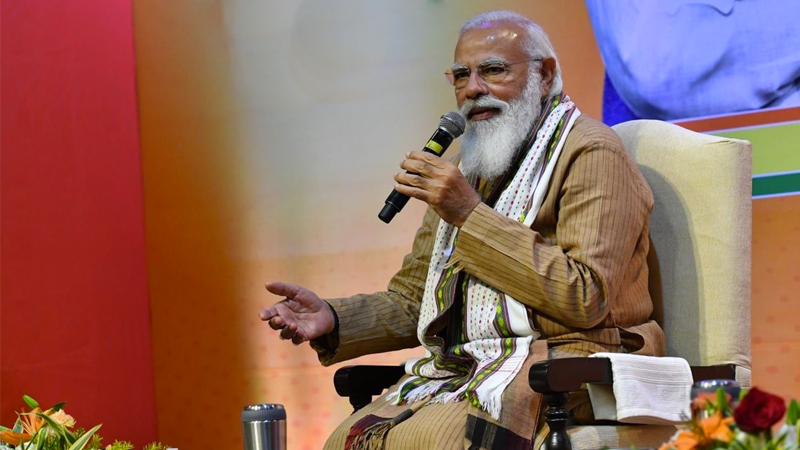
Blog / February 26, 2021
Government's Action On #ModiRojgaarDo

EShort / May 19, 2022
CUET PG 2025 has started the registration process.

Notice Board on Important Dates / April 21, 2020
World Heritage Day
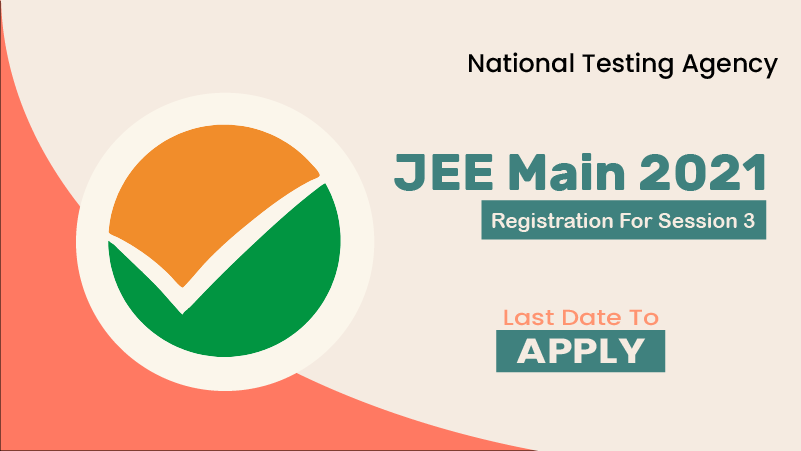
News / July 08, 2021
JEE Mains Registration For Session 3: Last Date To Apply

EShort / December 14, 2021
UPSC Declared Final Result For DCIO Recruitment


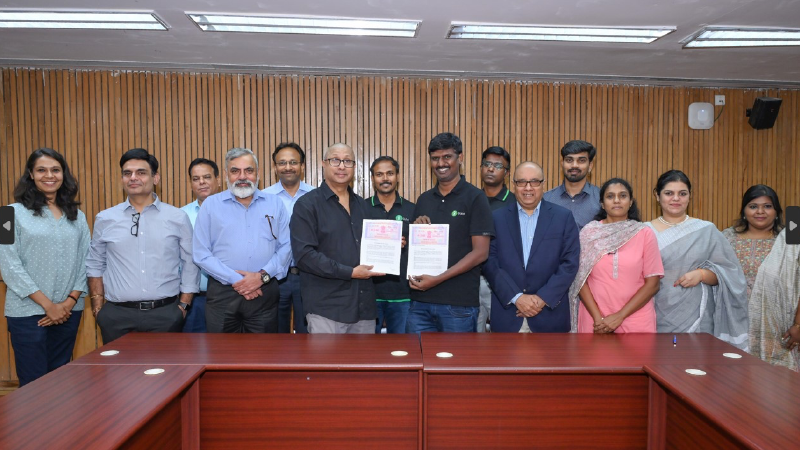


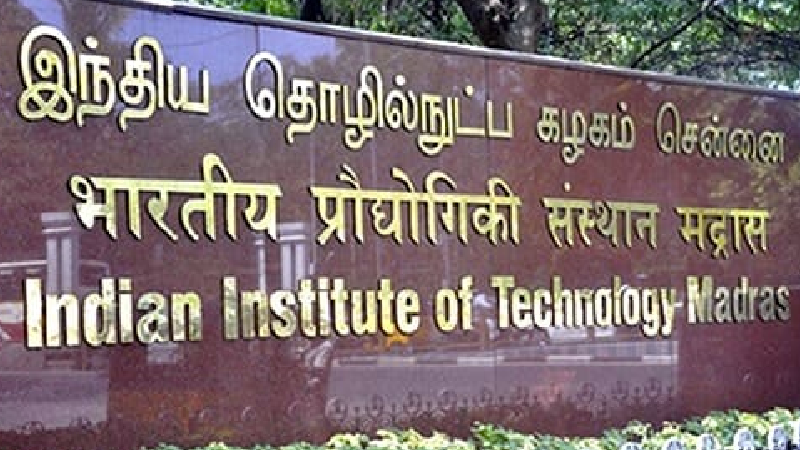
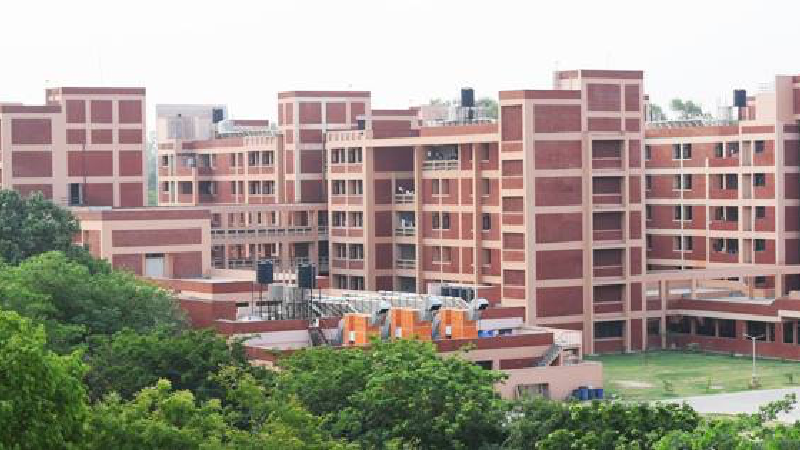
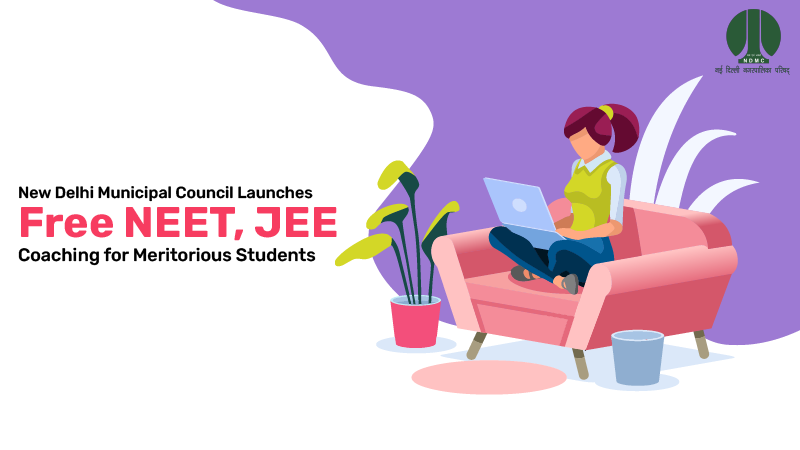


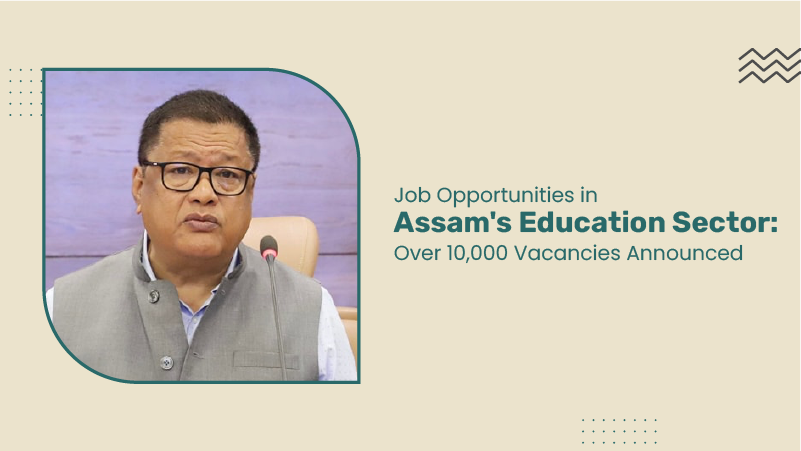
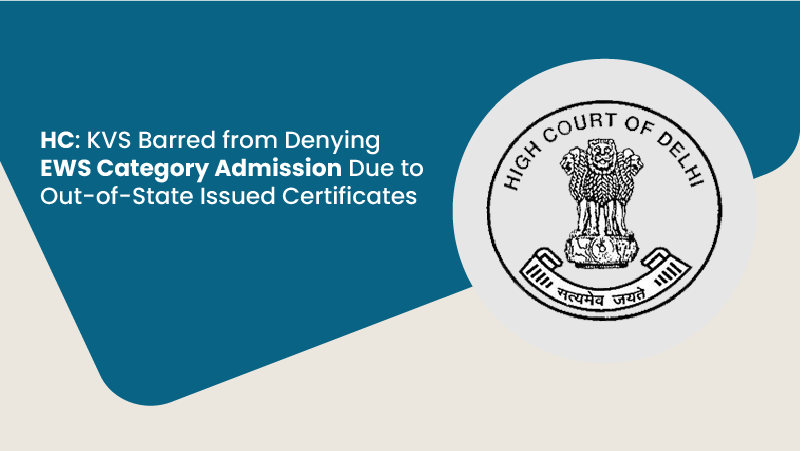
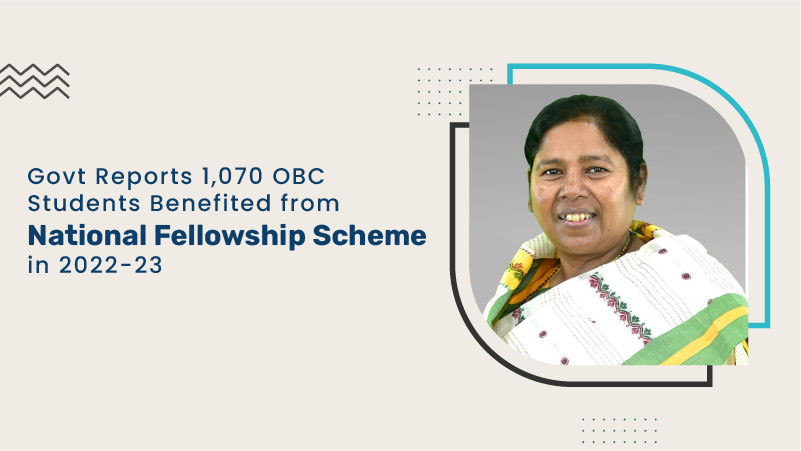
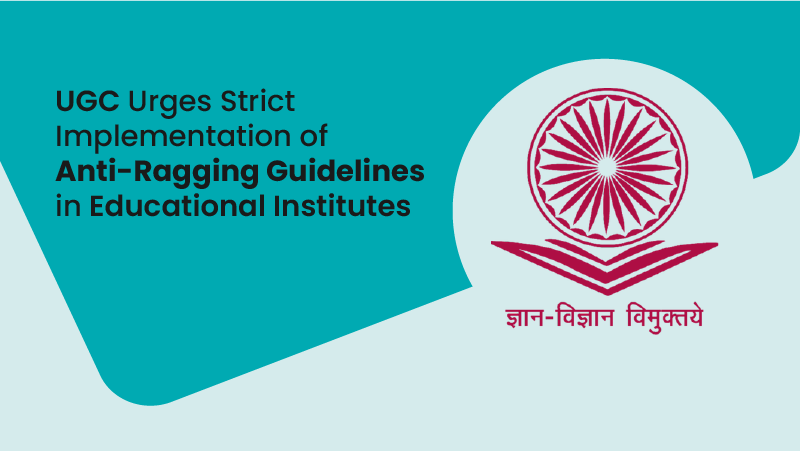
-02.png)







0 Comments
Post Comments